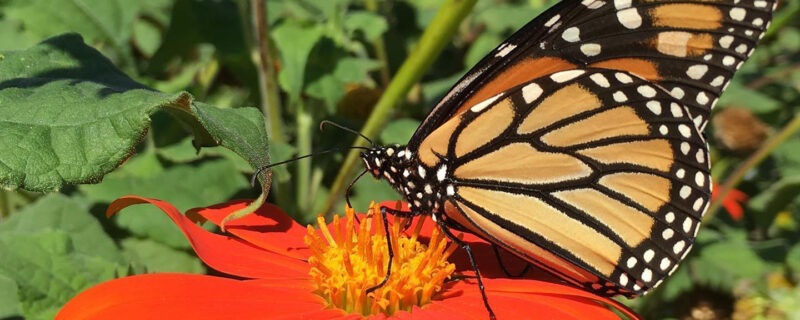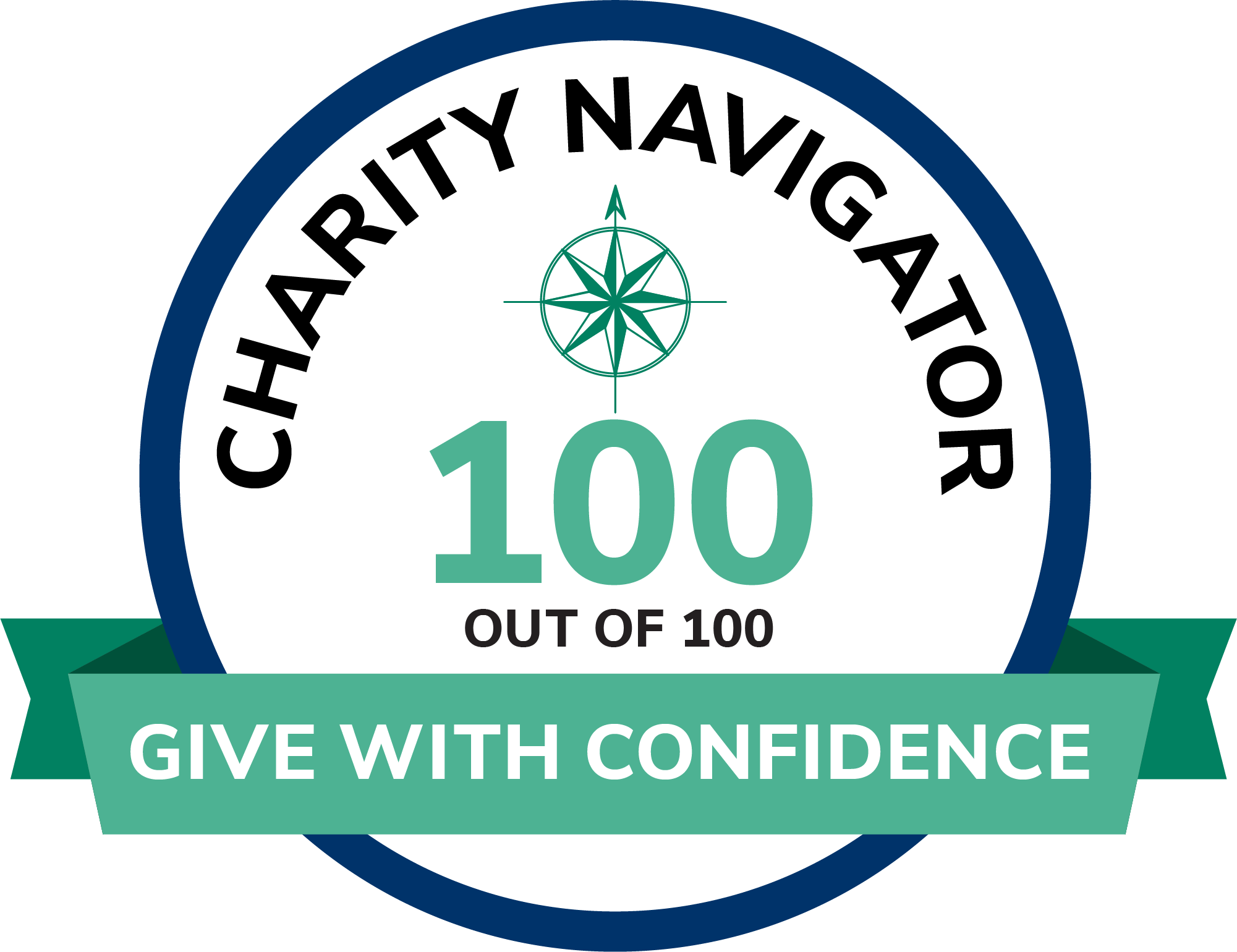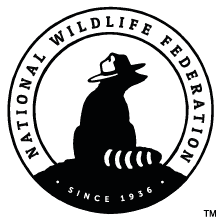
For more ideas on setting gardening goals for this year and see some of these ideas in action, check out our segment on Quad Cities Live with our River Health and Resiliency Organizer, Nina Struss.
As we settle into 2025, setting thoughtful gardening goals can transform your outdoor space from a source of occasional weekend work into a thriving ecosystem that brings joy and purpose throughout the year.
Whether you’re a novice looking to grow your first tomatoes or an experienced gardener hoping to expand your botanical horizons, having clear objectives helps structure your planning, keeps you motivated through the seasons, and ensures your garden evolves alongside your skills and interests.
Beyond the obvious rewards of fresh produce and beautiful blooms, well-defined gardening goals can help you make more sustainable choices, reduce food waste, create habitat for local wildlife, and even build stronger connections with your community through shared growing experiences. By taking time now to envision what you want to achieve in your garden this year, you’ll be better positioned to make informed decisions about everything from seed selection to soil preparation.
Not sure where to start? Here are a few simple goals you can consider setting for your home garden this year:
1. Choose native plants for pollinators
Native plants are those that naturally occur in a particular region, having evolved and adapted to the specific climate, soil conditions, and other environmental factors of that area. These plants play a crucial role in maintaining healthy ecosystems.
Some native plant species are recognized as “keystone” plants, supporting 90% of butterflies and moths, and up to 60% of native bees in a specific ecoregion. Consider checking out local groups like Wild Ones QC, Nahant Marsh and even your local seed library for native plant seeds to get started!
2. Support the monarchs
While you’re looking for native plants, consider planting ones that support the monarch butterflies. Unfortunately, the Eastern and Western populations of the migratory monarch continue to decline steadily, so planting host and food plants for them in your yard is one small step to ensuring their survival. Milkweed is important as the host plant and food source for monarch eggs and caterpillars, but ensuring nectar sources for butterflies is important too. Native nectar plants to try include: butterfly milkweed, asters and goldenrod.
3. Adopt eco-friendly practices in your garden
Use natural or “green” mulch (like leaf litter) and explore natural options for pest control instead of reaching for harmful pesticides. Pesticides are one of the top contributors to the decline in pollinators, so finding ways to garden without them is incredibly important. Carve out some time for weeding and checking for pests (like aphids) to ensure a healthy and thriving garden.
4. Start a compost bin
Reduce waste and nourish your garden by starting a composting system. The average person creates 4.9 pounds of food waste each day. Composting kitchen scraps and garden waste can not only help reduce food waste, but can also provide nutrient-rich soil for your plants.
5. Work towards certifying your garden as a Certified Wildlife Habitat
Over 2 million habitat acres are lost annually to development and agriculture. Your garden can be part of the solution to rebuild this habitat. Native habitat gardens can support two times the amount of wildlife when compared to properties with primarily turf lawn. Certify your yard as a Certified Wildlife Habitat by completing the checklist (attached) and certify on the National Wildlife Federation’s website. Certification is $20 and 25% of your fee goes towards Prairie Rivers Network’s work to help protect our pollinators!







